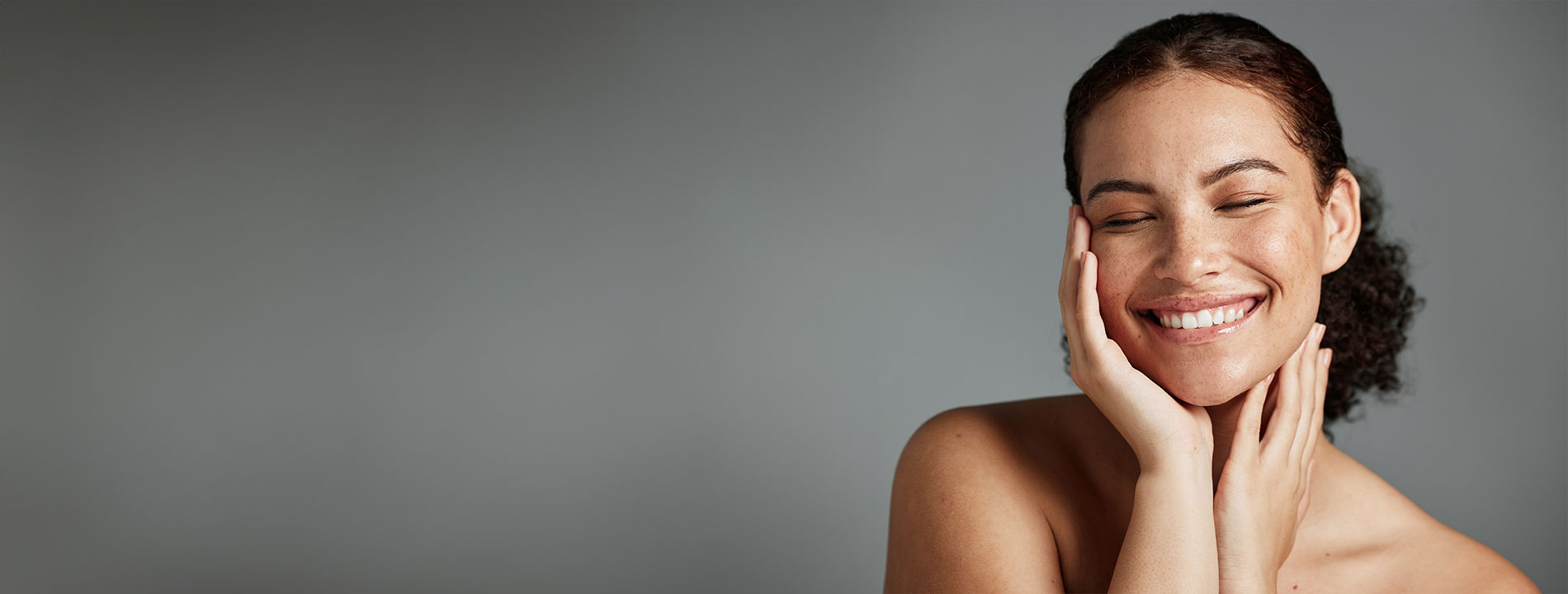If you’ve been searching for a way to improve your skin’s texture and appearance, you’ve likely come across microdermabrasion. This popular, non-invasive procedure exfoliates the outermost layer of your skin using fine crystals or a diamond-tipped wand to remove dead skin cells. As a result, microdermabrasion can leave your skin feeling softer, looking brighter, and appearing more evenly toned. It’s often recommended for those struggling with mild acne scars, sun damage, or dullness. But does microdermabrasion actually deliver on its promises?
At the New York Group for Plastic Surgery, we prioritize your skin’s health and overall well-being. While microdermabrasion can be effective for some, it’s important to understand what it can and cannot do. In this article, we explore the benefits of microdermabrasion, how it works, and treatments that may offer better results depending on your specific skin concerns.
Improve skin texture and smoothness
One of the most immediate benefits of microdermabrasion is how it enhances your skin’s texture. By exfoliating the top layer, it helps remove rough patches and unevenness, making your skin feel smoother to the touch. This can be particularly beneficial if you struggle with dry, flaky skin or mild acne scars that cause irregularities in the skin’s surface. For best results, multiple sessions are usually required, as determined by your provider.
Brighten dull skin and enhance radiance
Dead skin cells can accumulate on the surface of your skin, making it look dull and tired. Microdermabrasion helps slough off these dead cells, revealing fresher, more radiant skin underneath. This can be especially effective for those with uneven skin tone or pigmentation caused by sun damage. Many patients report that their skin appears more vibrant after just one session, but routine treatments are necessary to maintain a consistent glow.
Minimize pore size and reduce blackheads
If you have enlarged pores or struggle with blackheads, microdermabrasion may help refine your skin. It deeply exfoliates and removes impurities from clogged pores, making them appear smaller over time. While it won’t eliminate blackheads, regular treatments can keep your pores clearer, reducing the likelihood of breakouts. For those with persistent acne, complementary treatments like chemical peels or medical-grade facials may be more effective.
Boost collagen production
Collagen is the protein responsible for keeping skin firm and youthful. As people age, collagen production slows, leading to sagging skin and wrinkles. Microdermabrasion stimulates blood circulation and encourages collagen regeneration to improve skin firmness and elasticity. Although the boost in collagen is beneficial, microdermabrasion alone is not enough for significant anti-aging results. If deeper wrinkles or loss of volume are your primary concerns, other treatments like laser therapy or fillers may be better suited to your needs.

Alternative options for more effective results
While microdermabrasion is a great starting point for skin rejuvenation, there are more advanced treatments available that offer longer-lasting and more dramatic results. Depending on your concerns, here are some alternative options to consider:
Chemical peels
Unlike microdermabrasion, which only removes the surface layer of dead skin, chemical peels use medical-grade acids to penetrate deeper into the skin. This can more effectively improve hyperpigmentation, fine lines, and acne scars. The New York Group for Plastic Surgery offers various chemical peel strengths tailored to your skin type and concerns.
Laser skin resurfacing
Laser treatments, such as fractional CO2 laser resurfacing, target deeper layers of the skin and provide more significant results than microdermabrasion. This treatment stimulates collagen production while addressing wrinkles, acne scars, and sun damage. The precision of laser resurfacing makes it an excellent choice for those seeking more dramatic improvements.
Microneedling
Microneedling may be a more effective alternative for improving skin texture and boosting collagen production. This treatment uses tiny needles to create micro-injuries in the skin, prompting your body to produce new collagen and elastin. When combined with platelet-rich plasma (PRP) therapy, microneedling can provide remarkable skin rejuvenation benefits.
HydraFacial
For those who love the exfoliation benefits of microdermabrasion but want additional hydration, HydraFacial may be a better option. This multi-step procedure cleanses, exfoliates, extracts impurities, and infuses the skin with serums, leaving it deeply hydrated and radiant.
Injectable treatments
If your main concern is wrinkles or loss of facial volume, treatments like Botox and dermal fillers can provide better results than microdermabrasion. Botox relaxes facial muscles to reduce fine lines, while dermal fillers restore volume for a more youthful look.
So, is microdermabrasion actually effective? The answer depends on your specific skin goals. If you’re looking for mild exfoliation and a quick glow, microdermabrasion can be a good choice. However, if you’re seeking more significant changes—such as reversing sun damage, treating deep wrinkles, or improving acne scars—other treatments may be more suitable.
The New York Group for Plastic Surgery offers a wide range of skin rejuvenation treatments tailored to your needs. Our team can assess your skin and recommend the best option for the results you want. Schedule a consultation to explore the best plan for your skin.

